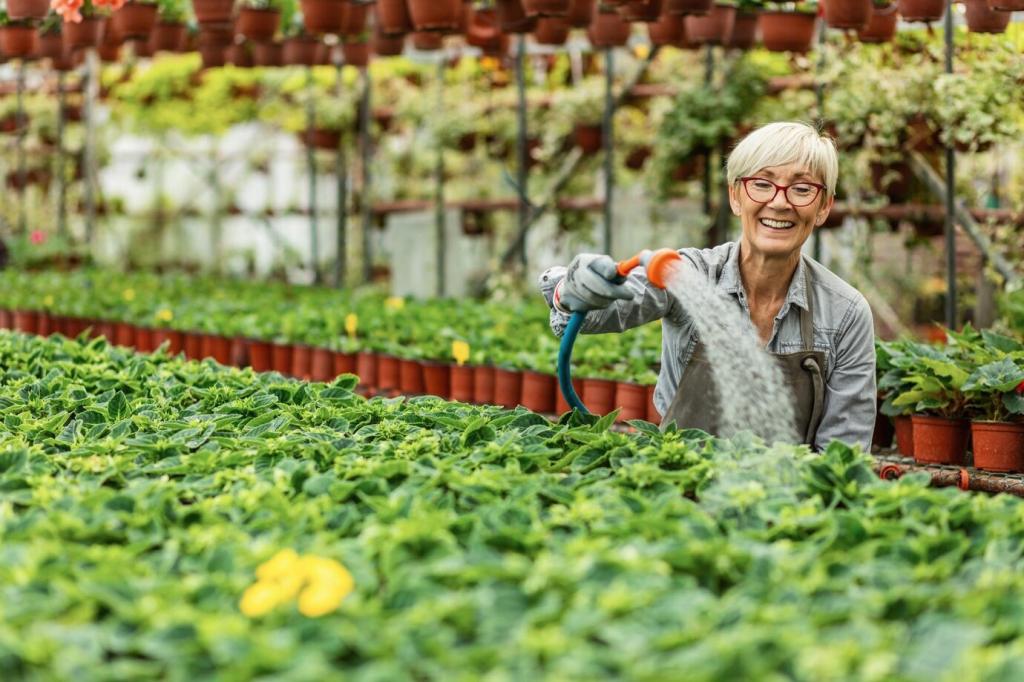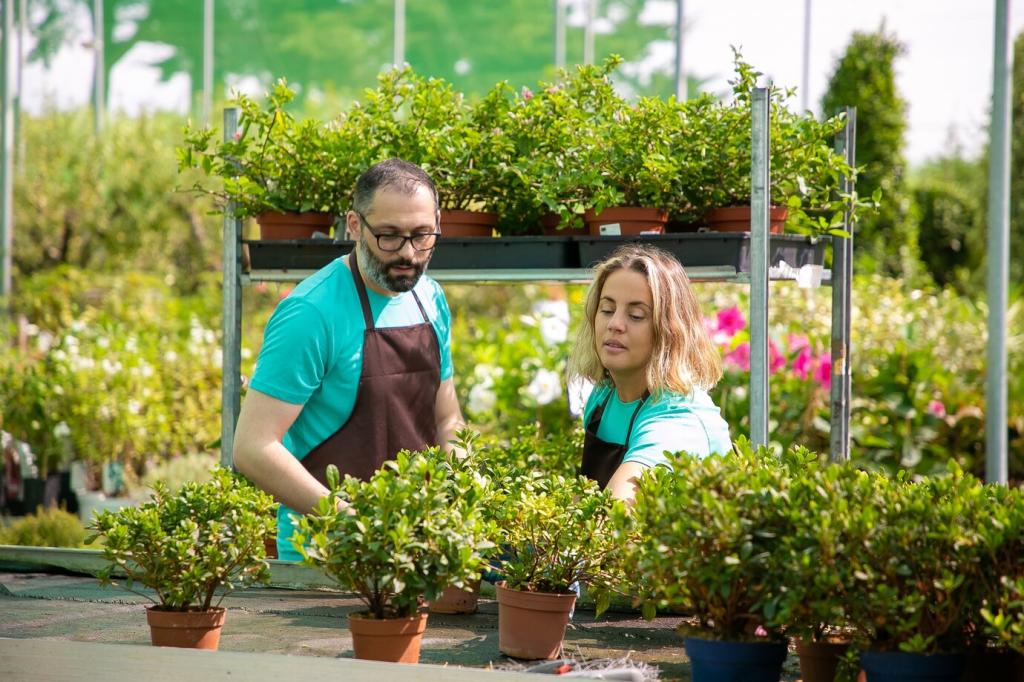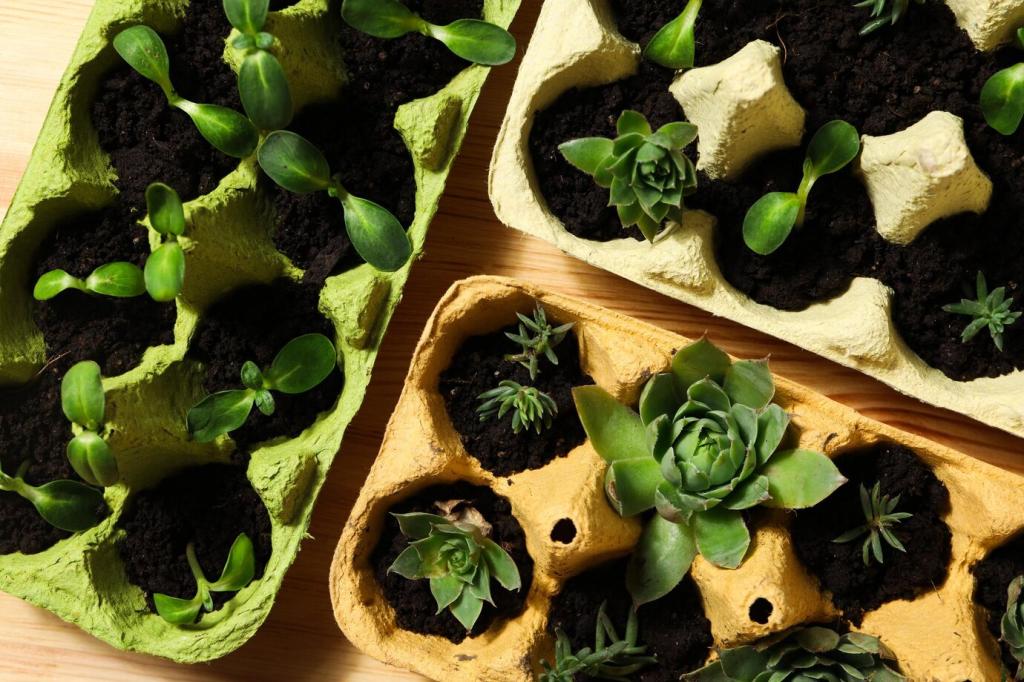Nebari, Roots, and Repotting Discipline
Traditional Japanese bonsai techniques encourage radial roots by spreading young roots at repotting and removing downward or crossing growth. Over years, selective pruning and correct soil depth create even flare, eliminating inverse taper and setting a dignified foundation for the entire design.
Nebari, Roots, and Repotting Discipline
A classic mix of akadama, pumice, and lava balances water retention, aeration, and stability. Sieve for consistent particle size, adjust ratios by species and climate, and resist fine organics that collapse. This substrate underpins traditional techniques by enabling responsive watering and strong, fibrous roots.






